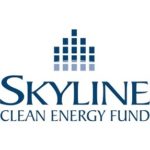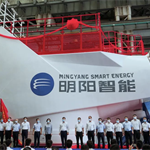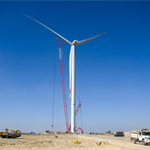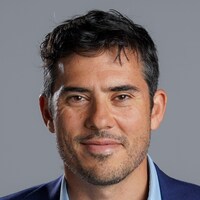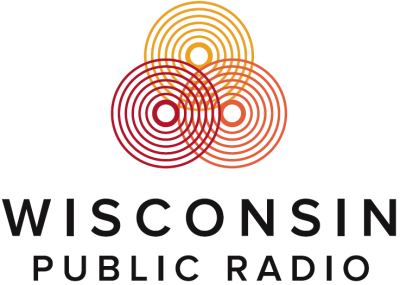Report: Clean, Distributed Energy is the Next Frontier of Electricity Competition and Energy Job Growth in Texas – Environmental Defense Fund
Energy Disrupter
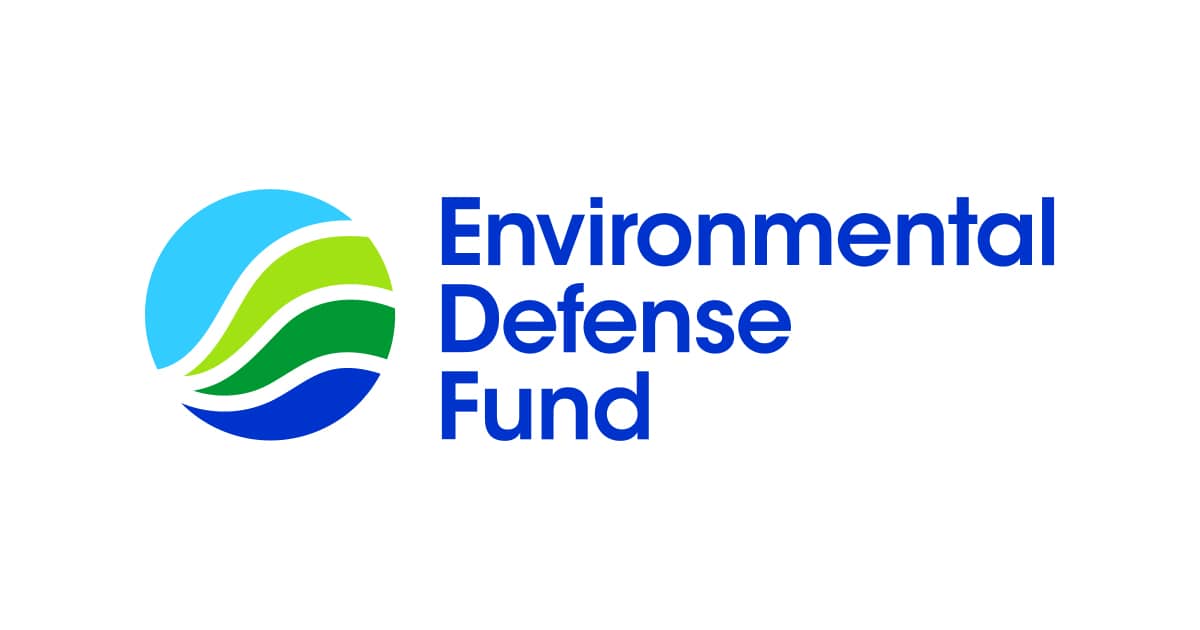
(AUSTIN, TX) A new report from Environmental Defense Fund outlines the actions Texas legislators, regulators and local decision makers can take to spur investment in and adoption of clean, distributed energy resources like rooftop and community solar, energy storage, energy efficiency and demand response.
Download Encouraging the Development of Distributed Energy Resources in Texas
“Texas has led the nation on electricity competition, and customers are ready for the next frontier: demand side and distributed energy resources,” said John Hall, lead author and Director, Regulatory & Legislative Affairs, Clean Energy And Vehicle Electrification at Environmental Defense Fund. “We’re past the days when clean energy was just about the environment. Demand side and distributed energy resources clean our air, strengthen the grid, create local jobs, reduce energy costs and give electricity customers more choice and control. In this report, we’ve outlined specific actions our state and local leaders can take to level the playing field for these resources and spark a whole new growth industry for Texas.”
Demand side and distributed energy resources have proven themselves to be reliable and effective alternatives to building new power plants and meeting Texas’ growing electricity demand. According to the Texas Advanced Energy Business Alliance, electricity customers across the state could save $5.47 billion by using DERs to reduce the need for more costly peak power generation and transmission and distribution investments.
Aside from their environmental and economic benefits, they can also be used to address energy poverty — a circumstance in which the cost of home energy needed to live healthy and productive lives is a significant economic burden. Before the pandemic, 41% of Texas households experienced energy poverty, a number that is sure to rise as the economic slowdown ripples through Texas. Additionally, energy poverty is one of the many issues that disproportionately affects communities of color.
“Too many Texas families pay a disproportionate amount of their income to power their homes,” said Dana Harmon, Executive Director of the Texas Energy Poverty Research Institute, who provided research and insight for the report. “Used strategically, DERs can not only give low-income households and people of color in Texas access to cleaner energy, they can help lower energy cost burdens for these families and everyone connected to the grid.”
The report includes various recommendations to state legislators, the Public Utilities Commission of Texas, the Electric Reliability Council of Texas and other leaders across the state, including:
- A public education and marketing campaign in select electricity markets to promote the cost savings and grid reliability features of clean DERs.
- Eliminating state and local policies, regulations, and practices that impede or prohibit customer investment in and use of DERs.
- Providing state-funded financial incentives for clean DERs that are comparable to those being provided to other forms of electricity.
- Using on-bill financing for the upfront cost of clean DERs in each retail electricity market in Texas.
- Allowing DERs to be used as alternatives to expanded transmission and distribution infrastructure and allowing DERs to directly participate in the competitive market.
- Increasing state-wide energy efficiency and demand response investments and outcomes.
Developing pilot projects to demonstrate how community solar and other DERs can provide clean energy to low-to-moderate income households and communities of color while reducing energy cost burdens.Original Source: https://www.edf.org/media/report-clean-distributed-energy-next-frontier-electricity-competition-and-energy-job-growth



